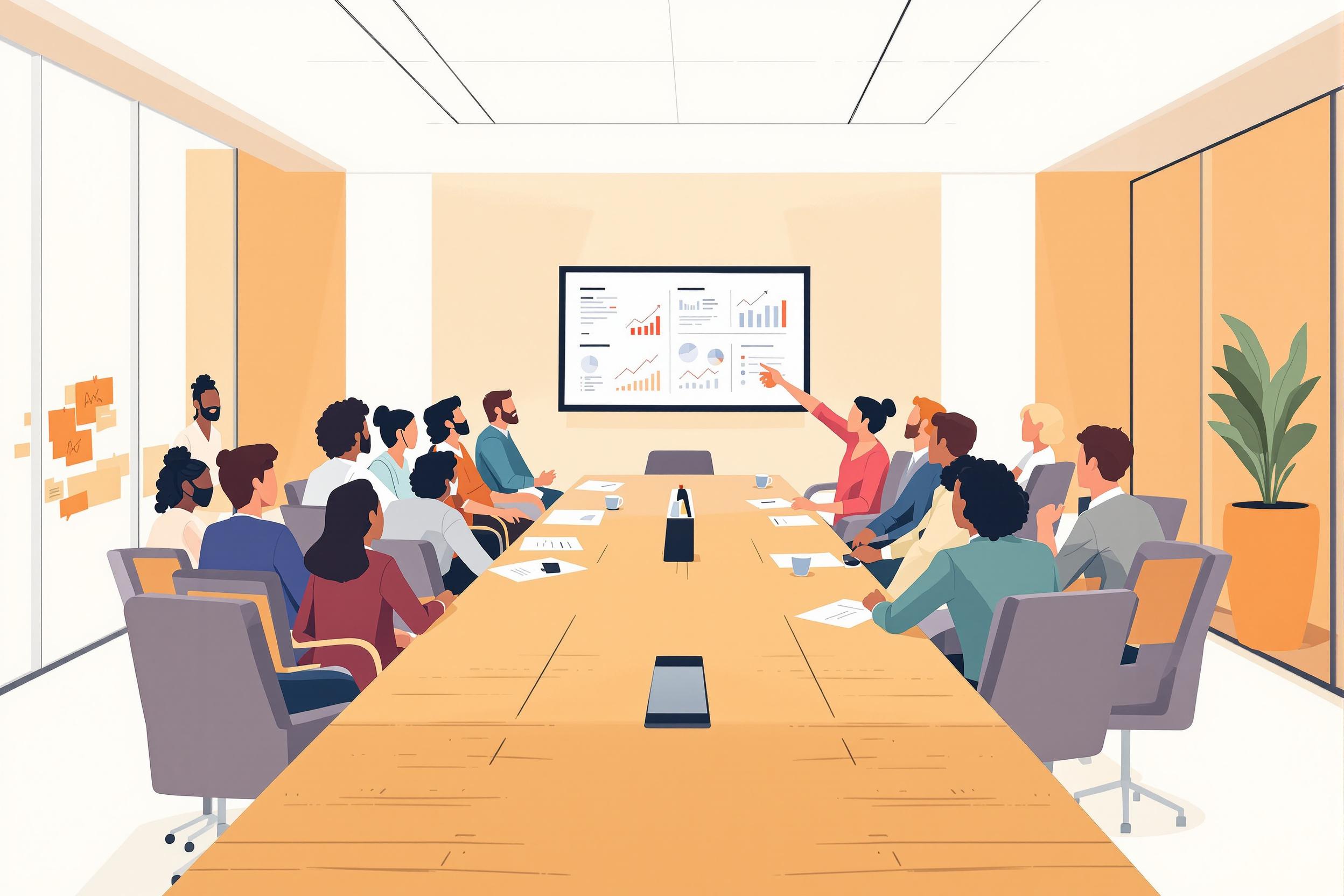
Team Dynamics
Team Dynamics refers to how team members work together, communicate, and interact in sports settings. It's like understanding the personality and inner workings of a team. Coaches use this knowledge to build stronger teams, improve communication, and create a positive environment where athletes can perform their best. This includes managing different personalities, resolving conflicts, and creating team-building activities. Similar terms include "group dynamics," "team chemistry," or "team cohesion." Understanding team dynamics helps coaches create successful teams where everyone works well together.
Examples in Resumes
Improved Team Dynamics through targeted leadership exercises and team-building activities
Conducted weekly assessments of Team Chemistry to optimize player relationships and performance
Developed new Team Dynamics strategies that led to 40% improvement in team performance
Successfully managed Group Dynamics for a 25-member varsity team
Typical job title: "Team Dynamics Specialists"
Also try searching for:
Where to Find Team Dynamics Specialists
Professional Organizations
Online Communities
Job Resources
Example Interview Questions
Senior Level Questions
Q: How would you handle a situation where there's conflict between team leaders?
Expected Answer: A senior coach should discuss their approach to conflict resolution, including private meetings with involved parties, establishing clear communication channels, and implementing team-building exercises to rebuild trust.
Q: Describe your experience in turning around a team with poor dynamics.
Expected Answer: Should provide specific examples of identifying issues, implementing solutions, and measuring improvements in team performance and morale through systematic approach and leadership.
Mid Level Questions
Q: What team-building activities do you use to improve team dynamics?
Expected Answer: Should describe various activities that build trust, communication, and cooperation, with examples of how these activities improved team performance.
Q: How do you assess team chemistry and track improvements?
Expected Answer: Should explain methods for evaluating team relationships, measuring team cohesion, and tracking progress through observations and feedback systems.
Junior Level Questions
Q: What are the key elements of positive team dynamics?
Expected Answer: Should identify basic elements like communication, trust, respect, and cooperation, with simple examples of how these contribute to team success.
Q: How do you establish team rules and expectations?
Expected Answer: Should discuss basic approaches to setting team guidelines, communicating expectations, and ensuring all team members understand and follow the rules.
Experience Level Indicators
Junior (0-2 years)
- Basic team management
- Understanding of group behavior
- Communication skills
- Basic conflict resolution
Mid (2-5 years)
- Advanced team building techniques
- Performance assessment
- Leadership development
- Conflict management
Senior (5+ years)
- Strategic team development
- Crisis management
- Program development
- Mentoring and training staff
Red Flags to Watch For
- No experience working with groups or teams
- Poor communication skills
- Inability to provide examples of handling team conflicts
- Lack of understanding about different personality types
- No experience with team-building activities
Related Terms
Need more hiring wisdom? Check these out...

Unlocking Team Potential: Personality Mapping for Dynamic Management

How Collaborative Goal Setting Transforms Team Culture

Remote Hiring Playbook: Building High-Performing Distributed Teams

